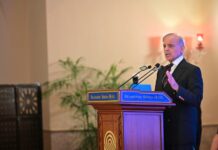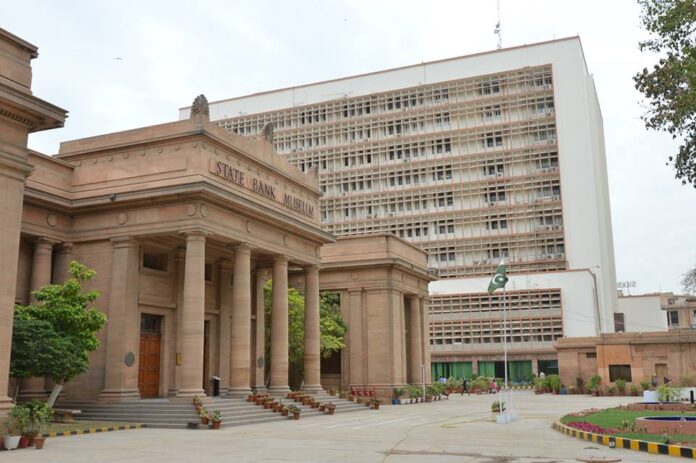The Monetary Policy Committee (MPC) of the State Bank of Pakistan (SBP) announced its decision to maintain the key policy rate at 11 percent in its meeting held on Monday, striking a balance between supporting accelerating economic growth and managing a recent uptick in inflation.
The decision to pause comes as headline inflation rose significantly to 5.6% in September, breaching the central bank’s medium-term target range of 5-7%. However, the Committee assessed that the overall macroeconomic landscape has improved since its last meeting, with the negative impact of recent floods being “somewhat lower than anticipated” and economic activity gaining “further momentum.”
In its statement, the MPC acknowledged the September inflation figure but attributed it to expected, flood-induced increases in food prices, a rise in energy costs, and sticky core inflation, which remained unchanged at 7.3%. Crucially, the Committee noted that the surge in food prices has been “milder than anticipated,” with recent data showing a slowdown in the prices of key items like wheat, sugar, and perishables.
“The MPC viewed the real policy rate to be adequately positive to stabilize inflation within the target range over the medium term,” the statement read, indicating confidence in the current monetary stance. The Committee expects inflation to exceed the upper bound of the target range for a few months in the second half of FY2026 before reverting to the 5-7% range in FY2027.
The MPC’s decision was heavily influenced by signs of a strengthening economy. The Pakistan Bureau of Statistics revised the FY25 real GDP growth estimate up to 3 percent from 2.7%.
Large-scale manufacturing (LSM) grew by 4.4% in July-August FY26, a reversal from a contraction last year. This is supported by robust sales of automobiles, cement, and fertilizers. Initial estimates for major Kharif crops remained close to last year’s levels despite flood damage, and prospects for the upcoming Rabi season have improved.
The MPC now expects real GDP growth for FY26 to land in the “upper half” of its previously projected range of 3.25 to 4.25 percent. The statement highlighted positive developments on the external front, which provide the SBP with greater policy space:
The current account posted a surplus of $110 million in September, and despite a widening trade deficit, SBP’s foreign exchange reserves have climbed to $14.5 billion as of October 17. Reserves are projected to rise to $17.8 billion by June 2026, bolstered by contained deficits and planned official inflows, including the recent staff-level agreement with the IMF.
On the fiscal side, the Committee noted that tax collection grew 12.5 % year-on-year in Q1, and both the overall and primary fiscal balances are likely to have posted surpluses during the quarter.
The MPC emphasised the continued need for “coordinated and prudent monetary and fiscal policies” and structural reforms to ensure sustainable growth. While the outlook has improved, the Committee flagged several uncertainties, including volatile global commodity prices, challenging export prospects, and potential domestic food supply issues.
By holding the rate steady, the SBP aims to nurture the ongoing economic recovery while keeping a watchful eye on inflationary pressures, betting that the current policy setting is sufficient to guide the economy towards a more stable and growth-oriented path.























